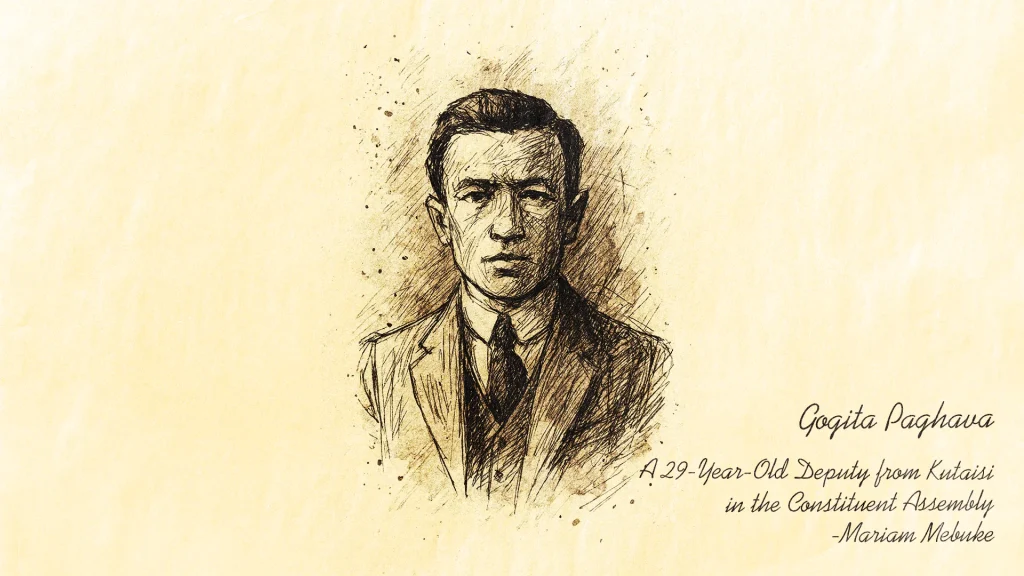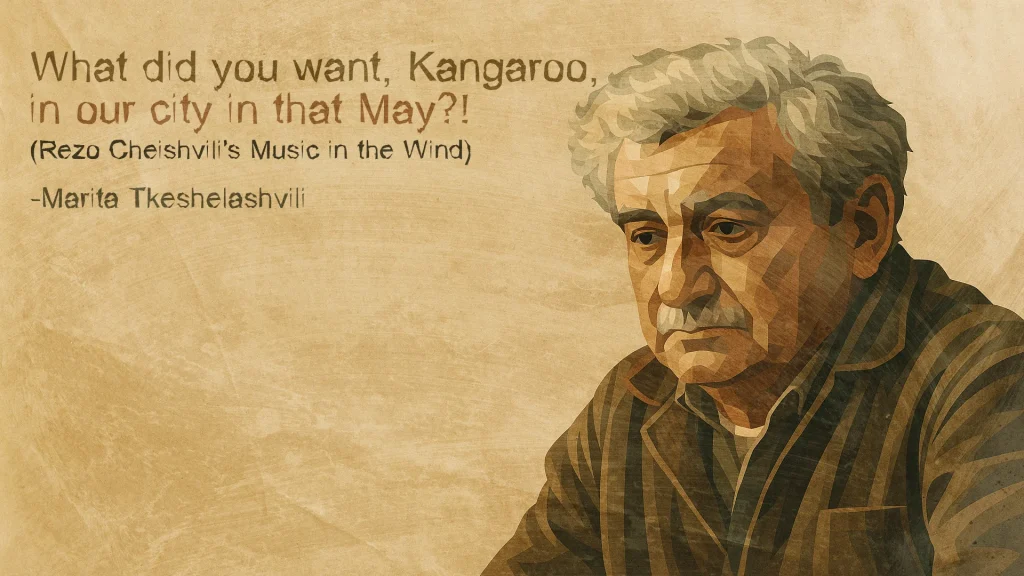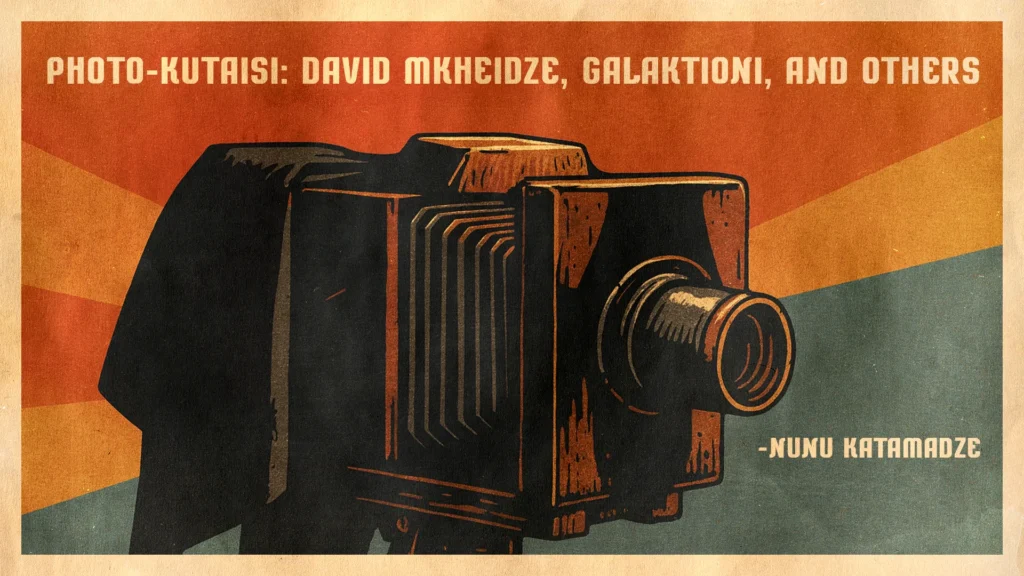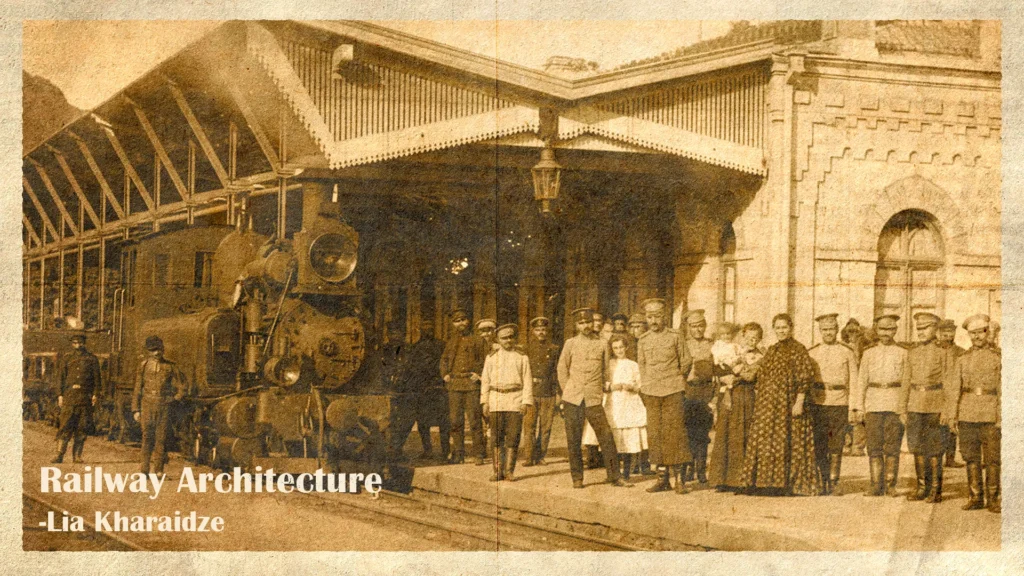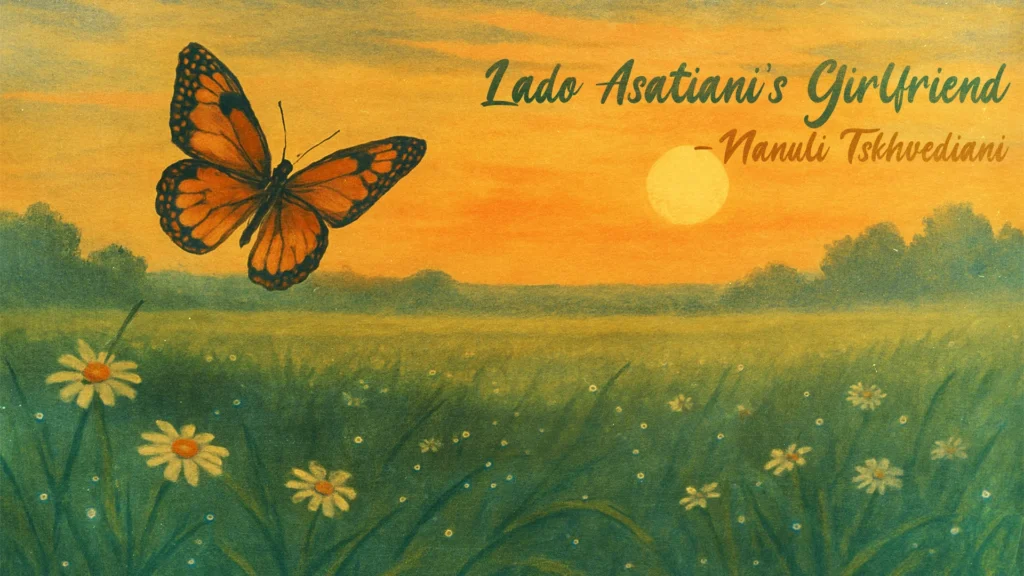Kultura! – Article Archive
Gogita Paghava – A 29-Year-Old Deputy from Kutaisi in the Constituent Assembly
The rethinking of the idea and significance of the First Republic of Georgia began rather late, as for a long time, Soviet propaganda had tried to erase its leaders and important political figures from public memory, distorting the image of the First Republic itself. This time, my goal is not to discuss Georgia in 1918–1921 in general, but to speak about one of its remarkable and almost “disappeared” representatives – Gogita Paghava, the youngest deputy of the Constituent Assembly, who was executed at the age of 29. However, before that, it is necessary to set the background.
In the Tunnel of Time – The Road from Bondi Cave to Civilization
Upper Imereti, and especially the Chiatura municipality, is one of the most significant archaeological regions in Georgia. The cultural layers formed here over millennia fully reflect the continuous development of human civilization. In Chiatura, the naturally enclosed canyons and rocky landscape filled with caves create a unique environment that preserves evidence of material culture from the Old Stone Age, Neolithic, Eneolithic, and Bronze Ages. There has always been life in the caves of Chiatura. The people who lived here protected themselves from predators, wove and dyed thread in simple ways, worked stone, made primitive tools, and left us a legacy – a history that is still being read underground. A special place in this remarkable chronicle is held by Bondi…
What did you want, Kangaroo, in our city in that May?!
“I was standing alone in the yellowed leaves, beneath the branches of fallen trees, and I felt I existed inside something vast and mysterious. How clearly I remember that day; from here I can remember everything…” I first read these words years ago – in an old book found in a village, in my father’s library. It was autumn outside, yellow leaves rustled underfoot, and the afternoon stretched on so slowly, as if it were reflecting on its own existence. Since then, Rezo Cheishvili and his stories have always been with me.
“Marionella” and the Kutaisi Handwriting in Fashion
For more than 30 years, the Kutaisi-based fashion house “Marionella” has been creating wedding, festive, and traditional clothing, offering customers structurally strong dresses that are perfectly tailored to them and their tastes. Behind such long-lasting dominance in the Georgian fashion industry is a technically complex and labor-intensive, yet at the same time interesting, creative process that determines both the structural quality of the final product and conveys the designer’s individual vision and the consumer’s emotional connection to each dress. In this dynamic, it is especially important that no stage and no episode of creating a dress is seen as a separate, fragmented part, but as a single whole resulting from the consistent,
Kutaisi Humor
Kutaisi is not only one of Georgia’s most historic cities but also the homeland of a unique and world-famous tradition – Kutaisi humor. The city’s historical boulevard and its “Baghiskide” (the edge of the garden) have long been considered the epicenter of this wit. Yet, pearls of Kutaisi humor can be found in every district, every street, and even in every family. The ancient boulevard still remembers the classics – the witty sayings of Akaki Tsereteli and his contemporaries. The catchphrase okhunjobani (witty jokes) and the sharp humor of Taguna (Sharashidze), Sergia Eristavi, Giorgi Sharvashidze, Konstantine (Kotsia) Eristavi, Kita Abashidze, Pipinia Mikeladze, Besarion Lortkipanidze, Pila Ioseliani, Kotso Adanaia and many others are still alive in memory.
Photo-Kutaisi: David Mkheidze, Galaktioni, and Others
Visual arts – whether theater, cinema, painting, or photography – have always fascinated humanity. Over time, this interest has only grown stronger. The desire to capture and preserve a fleeting moment has existed since ancient times, when the camera obscura was used to project images. The first photograph, “View from a Window at Le Gras,” was taken in 1826–27 by Joseph Nicéphore Niépce, and later Louis Daguerre perfected the process by creating the daguerreotype, a method of producing sharp, lasting images. Since then, photography has preserved countless struggles, discoveries, and unforgettable moments of human history. Today, photography stands on equal ground with painting. Masters such as Ansel Adams, Steve McCurry, Jeff Wall, and many others have shown their artistic power.…
The Blue Horns: Beginning and End
Exactly a hundred years ago, in Kutaisi – one of Georgia’s oldest cities – a group of young symbolists was formed. They were given the unusual name “The Blue Horns.” The color blue has long been an emblem of Romanticism and Symbolism. It first appeared in a dream of Novalis. The Romantics sought a mystical blue flower, as mysterious as the Holy Grail of medieval Christian knights. Later, the Symbolists adopted blue as the sign of a distant, boundless, and otherworldly world – the realm of spirits, which in everyday language also meant death. The symbol of happiness, the blue bird, was sought by the siblings Tiltil and Mytila in the famous play by Maurice Maeterlinck. Interestingly, this play was…
Railway Architecture
The discovery of manganese ore in Chiatura in the 19th century had a major impact on the development of the Imereti region. It gave a strong push to the creation of new transport links and the growth of industrial sectors in Georgia. The rapid development of production naturally led to the rise of an industrial culture. The importance of industrial heritage is widely recognized internationally. Its study, preservation, adaptation, and conservation are a priority in the cultural and research activities of many countries. Georgia has a rich cultural heritage, which has been studied in many directions. However, the country’s industrial heritage still remains outside the focus of professional research. Architectural and engineering buildings and structures built for industrial purposes in…
Vice-Chancellor’s Imereti Life
There is a saying: “When the cart turns over, the path will appear.” However, even after more than two centuries, the turbulent events of the 18th and 19th centuries still leave people wondering: what could have been the best way to save the country? Georgia, a small and divided land caught between three empires, found itself in the middle of a difficult political storm. This struggle had its heroes—and its anti-heroes. One of the true heroes of this period was Solomon Lionidze. He is remembered as a deeply educated and loyal statesman, devoted to his homeland. In the words of historian M. Dumbadze, “…a diplomat and a universally recognized wise man. Solomon rose to prominence not only as a man…
Lado Asatiani’s Girlfriend
Let me tell you about the young woman to whom Lado Asatiani dedicated his famous lines: “Oh, don’t think that beauty is fueled by love or hatred…” While working on the bibliography of the March 21, 1941 issue of the newspaper Industriuli Kutaisi, I came across a small notice of sympathy from acquaintances and friends. It read: “S. Vachnadze, M. Tutberidze, L. Asatiani and Sh. Kuridze express condolences to Keto Khonelidze on the passing of her father, Justine.” As soon as I read this statement, I immediately recalled the small memoir There Was a Young Man, There Was a Blizzard by Lado’s classmate and friend, journalist Shota Kuridze, published in the 1980s by the Soviet Adjara publishing house. Several pages…
